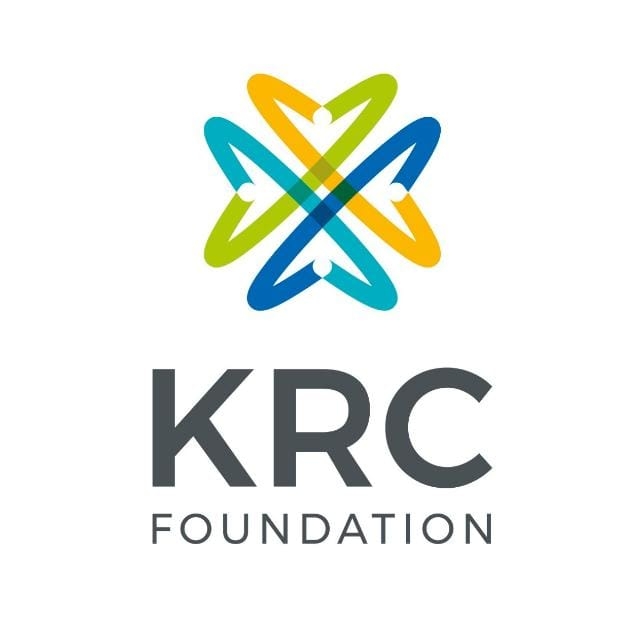Delayed justice often discourages victims from seeking legal help and allows perpetrators to escape punishment
 Priyanka Saurabh
Priyanka Saurabh

Institutional factors in sexual violence against women Institutional failures, including inadequately resourced police forces and ineffective law enforcement, contribute to the continuation of violence against women. Often, cases are either not reported or not fully investigated, leading to low conviction rates.
The alleged delay in the 2012 Nirbhaya case exposed significant flaws in police procedures and law enforcement, leading to widespread public outrage. Slow judicial processes and pending cases undermine the effectiveness of laws designed to protect women.
Delayed justice often discourages victims from seeking legal help and allows perpetrators to escape punishment. The trial of the accused in the 2012 Nirbhaya case took almost eight years, reflecting the sluggish pace of justice in cases of violence against women.
Despite the existence of progressive laws such as the Sexual Harassment of Women at Workplace Act (2013), their implementation remains weak due to a lack of monitoring, accountability, and institutional support.
A study by the National Commission for Women found that many workplaces lack internal complaints committees, which are crucial to enforcing the Sexual Harassment Act. Corruption within institutions can impede justice for victims of violence, and influential perpetrators often escape legal consequences through bribery or political connections.
Many law enforcement officials and judicial personnel lack adequate training and sensitization on gender issues, leading to victim blaming and improper handling of cases related to violence against women.
Patriarchal norms that prioritize male dominance and control over women contribute significantly to the persistence of violence against women. These norms often justify or minimize abusive behavior, as economic dependency on male family members often forces women to endure violence, as exiting an abusive situation may result in financial instability or deprivation.
Victims of sexual violence, in particular, often face social stigma and exclusion, which discourages them from reporting crimes or seeking justice. Media representations of women and violence often sensationalize cases, sometimes downplaying the severity of the issue or reinforcing negative stereotypes about victims.
The cultural stigma attached to reporting sexual violence in particular leads to underreporting, which hinders enforcement of laws designed to protect women. Figures show a significant gap between estimated incidences of sexual violence and reported cases, highlighting cultural barriers to reporting.
Institutional resource constraints, including inadequate funding and staffing, limit the ability of law enforcement agencies to effectively enforce laws and respond to cases of violence against women.
Many police stations, especially in rural areas, lack dedicated women officers or special cells to handle cases of violence against women, which leads to cases not being dealt with properly.
Political influence and corruption often lead to selective enforcement of laws, where cases involving powerful individuals are either suppressed or poorly investigated. Lack of legal awareness among women, especially in rural areas, limits their ability to seek justice and results in the underutilization of laws designed to protect them.
Many women are unaware of their rights under laws such as the Protection of Women Act 2005, which leads to low rates of reporting and seeking legal recourse.
Enhancing the capacity of law enforcement agencies through training, sensitization, and resource allocation is important to ensure the effective implementation of laws for the protection of women.
For example: Regular gender sensitivity training programs for police officers, organized by the Bureau of Police Research and Development, can improve the handling of cases related to violence against women. Economic empowerment initiatives, such as providing vocational training and employment opportunities, can reduce women’s dependence on abusive relationships and enable them to claim their rights.
The government and civil society organizations should work together to increase legal literacy among women, especially in rural areas, so that they are aware of their rights and the legal avenues available to them. Legal awareness camps organized by NGOs such as Mahila Adhikar Pahal help educate women about laws such as the Protection of Women from Domestic Violence Act 2005.
Community engagement programs that challenge patriarchal norms and promote gender equality can bring about a cultural shift that discourages violence against women. Establishing strong monitoring and accountability mechanisms within institutions can ensure that laws are effectively implemented and any lapses are promptly addressed.

Establishing internal complaints committees at workplaces, as mandated by the Sexual Harassment of Women at Workplace Act 2013, with regular audits to ensure compliance, can improve the effectiveness of the law. Addressing the issue of violence against women requires a multi-pronged approach that tackles both institutional and social factors.
Strengthening law enforcement, empowering women economically, and promoting cultural change are essential steps towards creating a safe environment for women. With concerted efforts from the government, civil society, and communities, India can move towards a future where women live free from fear and violence, with their rights and dignity fully protected.



